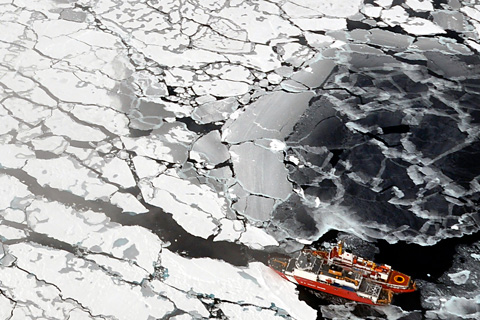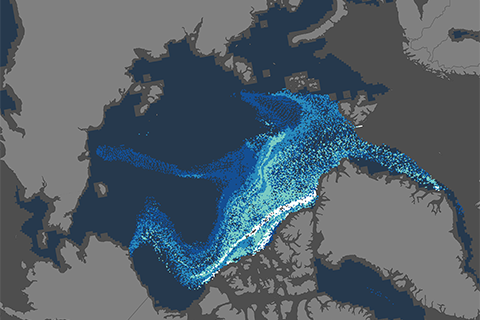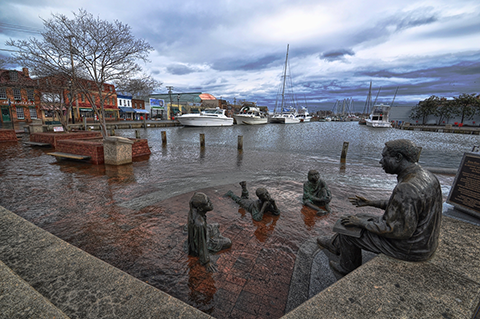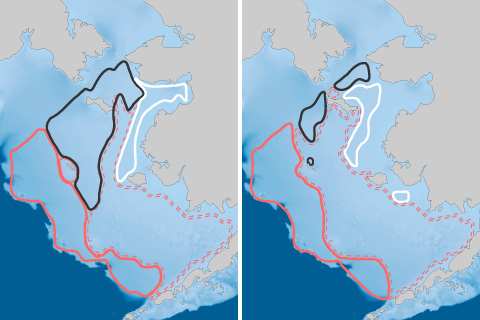
This Q&A features tree expert Leander Anderegg and what he is learning about how some of the West's iconic trees—including Colorado's quaking aspen and California's blue oak—survive or succumb to drought.

NOAA’s 14th Arctic Report Card recounts the numerous ways that climate change continues to disrupt the polar region, including massive melt of the Greenland ice sheet and major shifts in the distribution of commercially valuable marine species.

Edited by NOAA scientists, the new report reveals scientists' advancing ability to quantify human imprint in climate.

Under high pressure and sunny skies, roughly 95 percent of the surface experienced melting at some point in the summer, well above the 1981-2010 average of about 64 percent, equivalent to the previous record set in 2012.

With few exceptions, unusual warmth dominated Arctic Ocean basins in 2019.

In March 1985, sea ice at least four years old made up 33 percent of the ice pack in the Arctic Ocean; in March 2019, ice that old made up 1.2 percent of the pack.

In 2019, air temperatures over the Arctic were the second-warmest on record, continuing a string of 6 years that have been warmer than all other periods in the historic record dating back to 1900.

On Tuesday, November 19, NOAA sea level rise expert William Sweet answered questions in a Climate.gov tweet chat about sea level rise and U.S. high-tide flooding.

